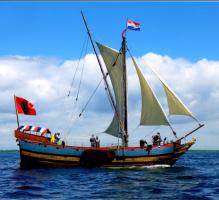 In 1614, the Onrust, captained by Dutch merchant explorer Adriaen Block, was the first European vessel to explore the Connecticut River. This summer, a replica of Block’s ship is returning to the river in a collaboration between the Connecticut River Museum in Essex, CT and the Onrust Project, offering cruises on the river and educational programming at dockside.
In 1614, the Onrust, captained by Dutch merchant explorer Adriaen Block, was the first European vessel to explore the Connecticut River. This summer, a replica of Block’s ship is returning to the river in a collaboration between the Connecticut River Museum in Essex, CT and the Onrust Project, offering cruises on the river and educational programming at dockside.
The original Onrust was built by Block and his crew in the winter of 1614 somewhere in New York harbor. The ship, Tyger , on which Block had sailed from Holland to New York, had been destroyed by fire the previous winter. Onrust , which means “restless” in Dutch, was the first ship to be built in what is now New York State. Sailing the Onrust into Long Island Sound, along the coast of Rhode Island and on to Cape Cod, Block drew the first accurate charts of the southern New England coast. In October of 1614, Block rendezvoused with another Dutch ship on Cape Cod and sailed back to the Netherlands. The Onrust, however, would go on to be used to 1616 to explore the Delaware River under the command of Cornelius Hendrickson.
The replica Onrust was built by the non-profit Onrust Project between 2006 and 2009 at the Mabee Farm Historic Site in Rotterdam Junction, NY, using traditional Dutch shipbuilding techniques. Since 2009, the Onrust has served as a floating museum providing the public with a living history experience of 17th century life and maritime exploration.
The Connecticut River Museum is located at 67 Main Street, Essex, CT 06426. To learn more, click here.

 If you are around New York harbor on Thursday, June 8th, from 6 — 7:45 PM, stop by the historic
If you are around New York harbor on Thursday, June 8th, from 6 — 7:45 PM, stop by the historic  One last post (at least for the immediate future) on the historic schooner
One last post (at least for the immediate future) on the historic schooner 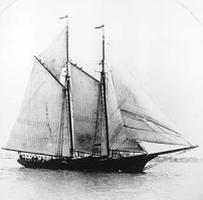
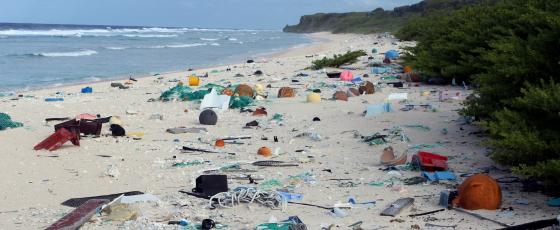
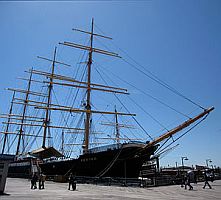 A recent post on the
A recent post on the  The
The  They usually make it look so easy. The
They usually make it look so easy. The 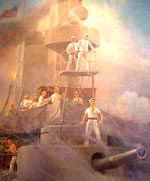
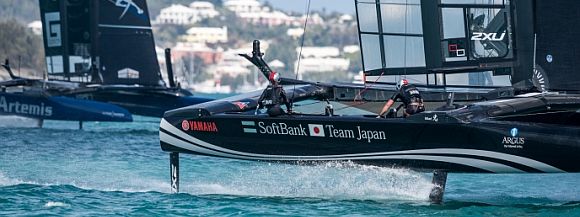 After being
After being 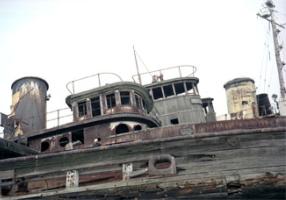 For those near New York harbor, there is a very interesting exhibit opening on the historic
For those near New York harbor, there is a very interesting exhibit opening on the historic 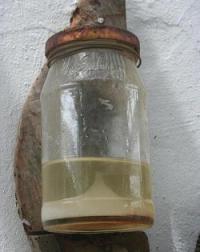
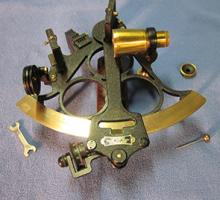 I first arrived in New York harbor forty years ago, as a freshly minted naval architect working for Moore McCormack. In those days, the Brooklyn docks were crowded with US flag shipping companies, many with their headquarters or sales offices in Lower Manhattan. Just to the north, in the narrow streets of Tribecca and Soho were clusters of little workshops where often elderly craftsmen repaired or calibrated chronometers and sextants, and rebuilt or reconditioned everything from pumps and valves to ship’s order telegraphs to the old tube radar sets.
I first arrived in New York harbor forty years ago, as a freshly minted naval architect working for Moore McCormack. In those days, the Brooklyn docks were crowded with US flag shipping companies, many with their headquarters or sales offices in Lower Manhattan. Just to the north, in the narrow streets of Tribecca and Soho were clusters of little workshops where often elderly craftsmen repaired or calibrated chronometers and sextants, and rebuilt or reconditioned everything from pumps and valves to ship’s order telegraphs to the old tube radar sets. 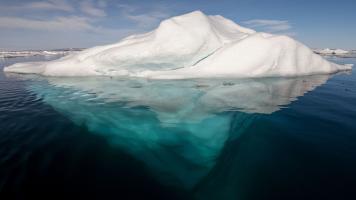
 For Royal Navy sailors and British soldiers in the West Indies during the 18th century, rum was a refuge for the discomforts of the duties of the day. The rum also may have been killing them. It wasn’t the alcohol, but the way it was distilled that proved deadly.
For Royal Navy sailors and British soldiers in the West Indies during the 18th century, rum was a refuge for the discomforts of the duties of the day. The rum also may have been killing them. It wasn’t the alcohol, but the way it was distilled that proved deadly.